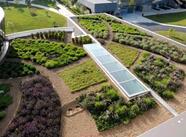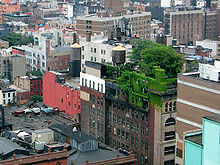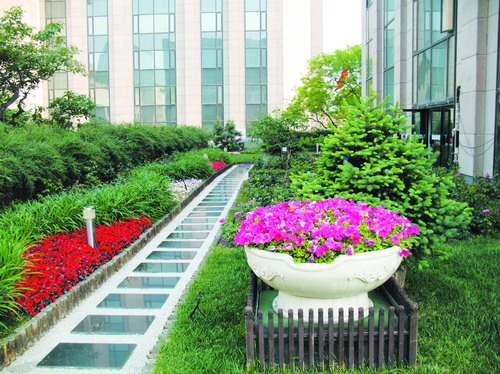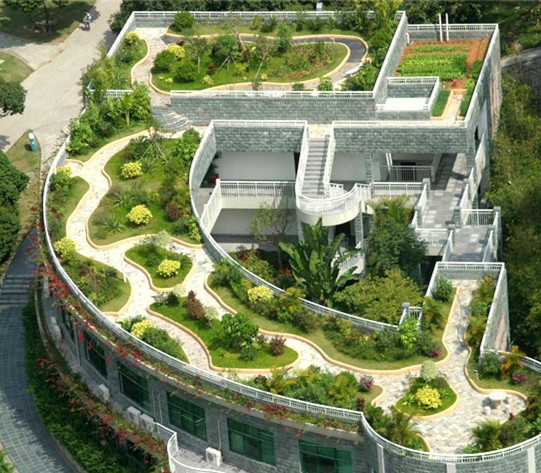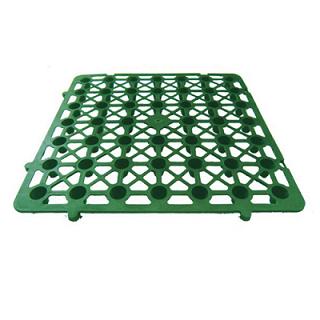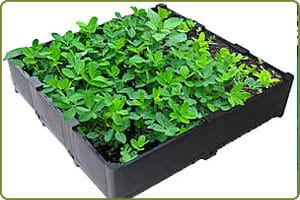Three Types of Green Roof
According to European standards, Green Roofs can be divided into three types: Extensive, Semi-intensive and Intensive.
- Extensive Green Roof: This is called ‘simple roof garden’ in China, and is characterized by low building load capacity and the use of lawns, ground covers, small shrubs and climbing plants. Most of these projects in China use lawns, while in other countries Sedum, a drought-tolerant and low-maintenance plant, is widely used. An advantage of sedum plantings is that there is generally no need for a separate irrigation system once plants are established, since natural precipitation is normally sufficient.
Extensive Green Roof systems are more popular than the intensive types, and can be described as having a light weight and almost maintenance free living “plant blanket”, which can be quickly and easily constructed at low cost. They are not intended for public access, and normally need only an inspection once or twice per year.
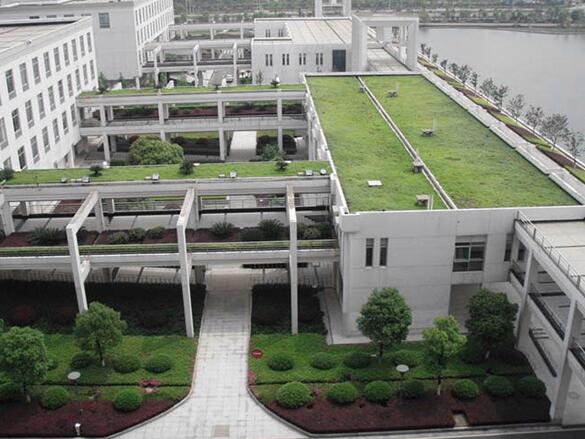
- Semi-intensive Green Roof: Suitable for visible and accessible roofs, these require green and flowering plants throughout the year. Deeper growing media than the extensive type allows for a wider range of plant types and sizes, although large shrubs and trees are not included. Regular maintenance and irrigation are required, and there are often walkways and patio areas incorporated into the design.
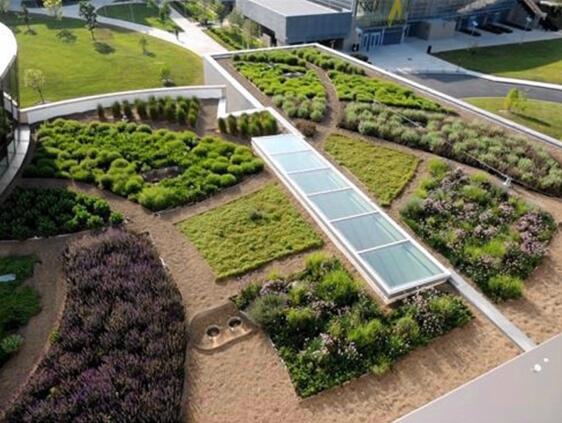
- Intensive Green Roof: This is what might be considered a ‘real’ roof garden. With garden elements such as trees, grass, pavilions, pools, rockeries and seating areas,these green roofs resemble ground-level landscapes. Leisure and sports activities are common, and maintenance requirements are much higher.
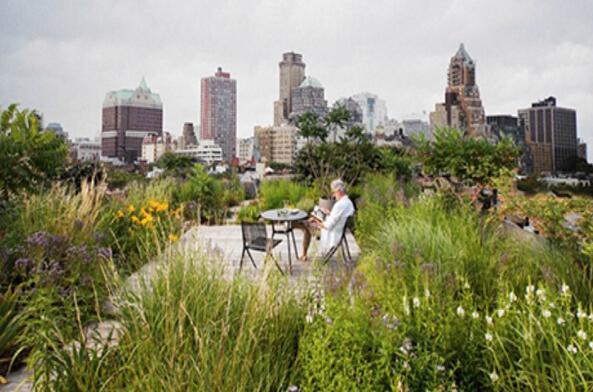
Static load is a consideration for all green roof installations, the Extensive type normally lowest on this scale. Semi-intensive Green Roof requires structural integrity for static loads of over 250kg/m2; intensive Green Roof requires static load capacity of over 500kg/m2.
Plant selection includes a wide range of shrubs and trees,and can include irrigation, grass, and multi-layer plantings resulting in ecological and landscape benefits. Landscape design elements such as flower beds, rock formations, water features, paths, seating areas, lighting, etc., can be and are often included. Where weight is a concern, the design should concentrate those elements over support beams and columns, in consultation with the architects and engineers.
Thanks to Ken Nentwig for correcting and modifying this article.


